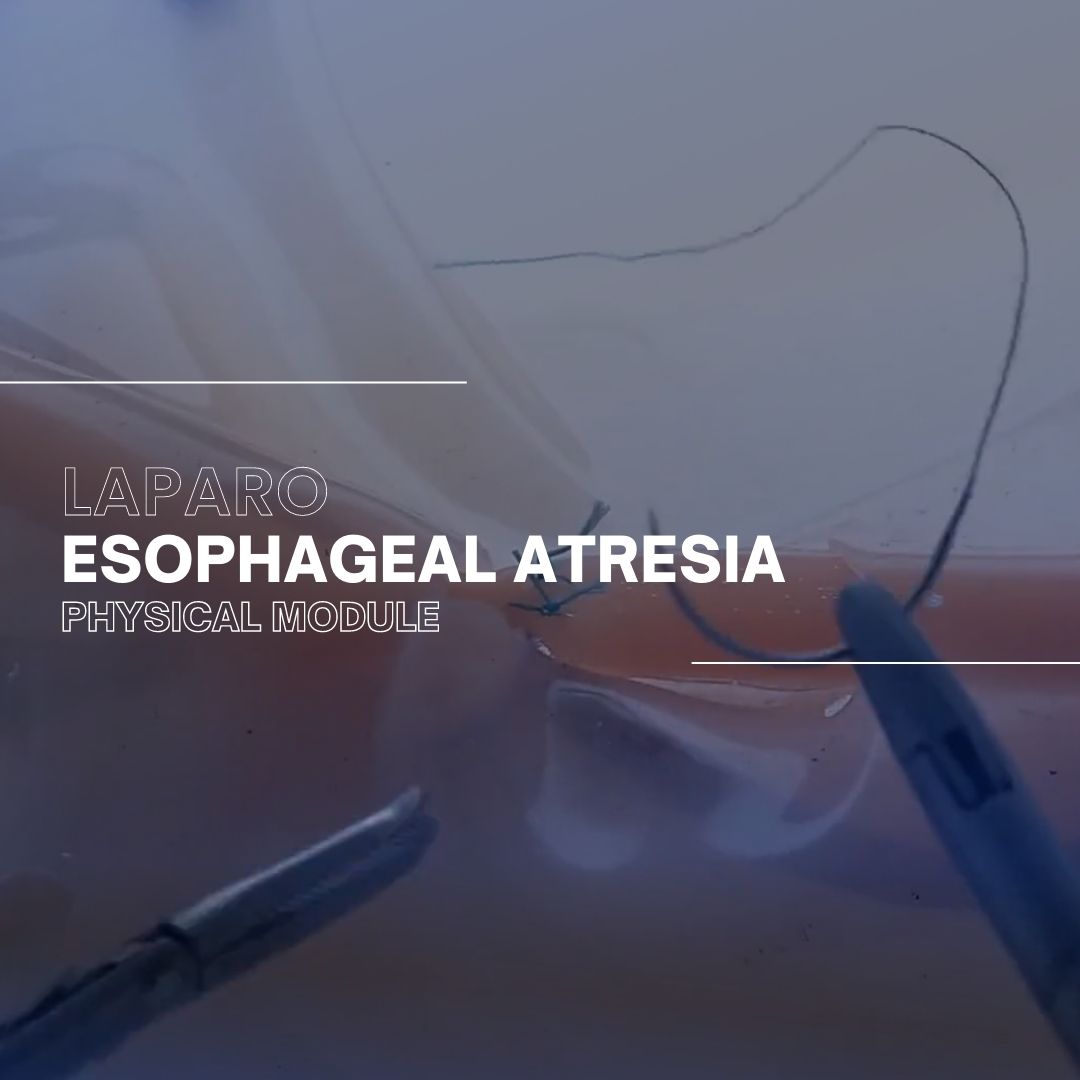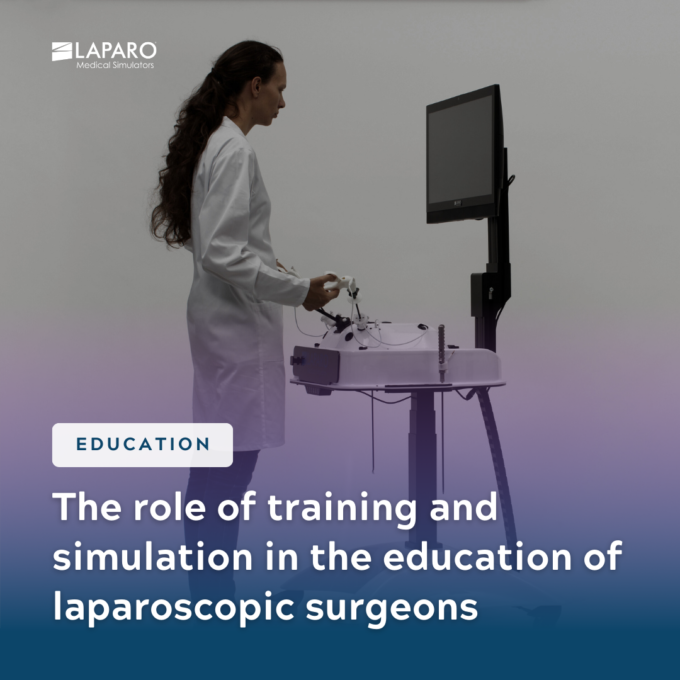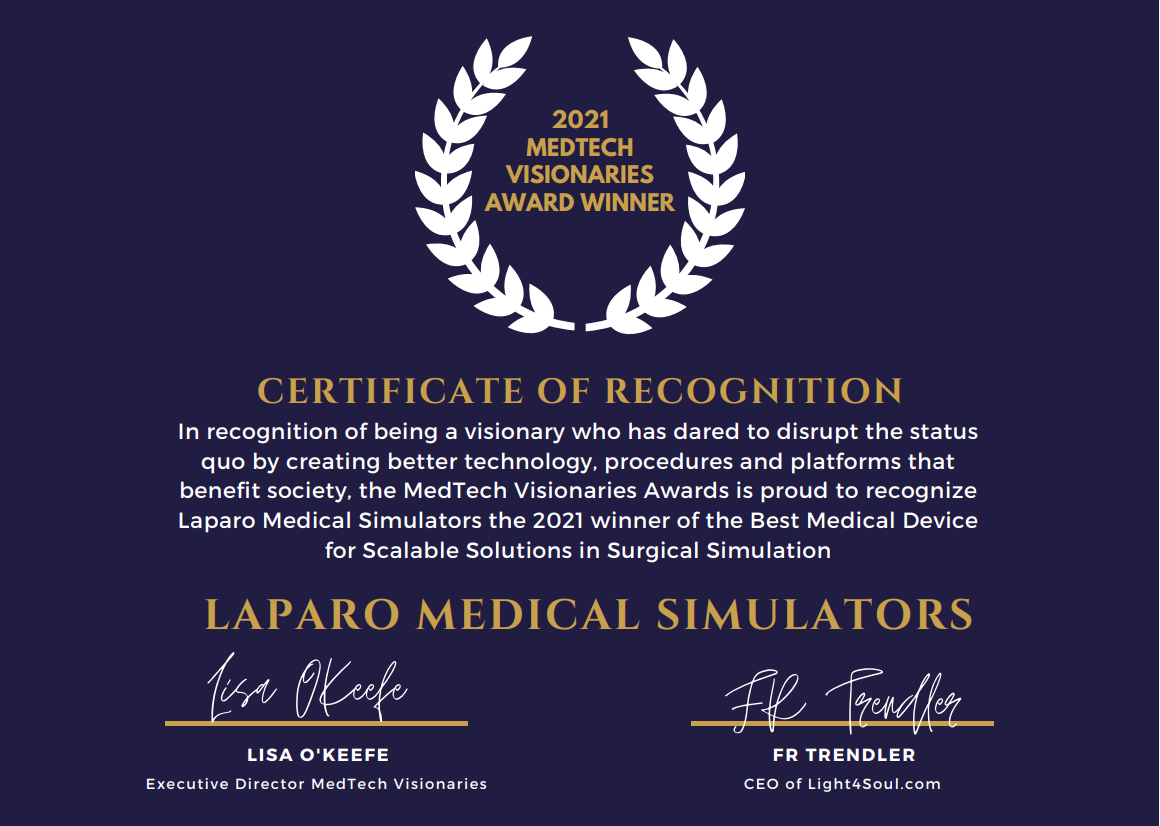Esophageal Atresia – Physical Module
Recently, we showed you what esophageal atresia looks like in virtual reality. Today it’s time for the physics module of the procedure!

Recently, we showed you what esophageal atresia looks like in virtual reality. Today it’s time for the physics module of the procedure! The training module makes it possible to close the fistula between the esophagus and the trachea, then suture the upper and lower parts of the esophagus together. The silicone model maps the upper and lower tracheas and part of the esophagus. In addition, it has a vein that serves as navigation and a reconstructed membrane that simulates the connective tissue that needs to be dissected to gain access to the esophagus and trachea. This advanced training module allows surgeons to practice the intricate steps involved in closing the fistula and suturing the esophagus.The silicone model’s realistic representation of the trachea and esophagus, along with the navigation vein and reconstructed membrane, provides a highly accurate simulation for surgeons to develop their skills before performing the procedure on actual patients.

